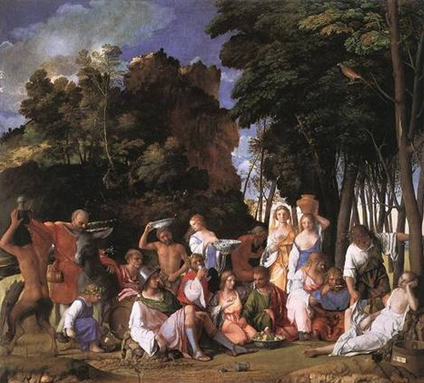Artists have always depicted art as well as the world. Andrew Graham-Dixon reflects on changing attitudes to tradition in the visual arts
LAST YEAR Stephen Prina embarked on what might seem one of the most futile and Herculean enter-prises in the history of art: the re-creation, picture by picture, and to scale, of the complete oeuvre of the great French nineteenth-century painter Edouard Manet. Prina's recent exhibition, at Karsten Schubert Gal-lery, revealed that he has (working in strict chronological sequence) got as far as The Portrait of Victorine Meuret, 1862, the original of which may be found in the Museum of Fine Arts, Boston. Prina clearly has his work cut out: 66 down, 490 to go.
Prina's task is less arduous than it sounds, since his idea of a reconstruction is not most people's. Prina's 'Manets' all look more or less exactly the same: a sheet of white paper, desultorily brushed with transparent wash, placed in a simple black frame. Any similarity between original and reconstruction stops short at shape and size, which Prina duplicates exactly. His non-pictures are priced by the square foot; they cost between dollars 2,000 and dollars 9,000 each.
Prina's dumb, witless project is symptomatic of the re-emergence, in the later 1980s, of a conceptualist aesthetic: the ne plus ultra of Neo-conceptualism, perhaps. But it is also the latest twentieth- century parody of a practice that was once, and for many centuries, regarded as the driving force behind the development of Western art: imitation, the transcription of paintings or part of paintings by the great masters, as a means of self-advancement and self-education. Prina's 'Manets' deny the traditional sense and purpose of imitation; they are imitations that do not imitate. The modern artist, Prina implies, has nothing to learn from the past.
'Nothing can come of...


